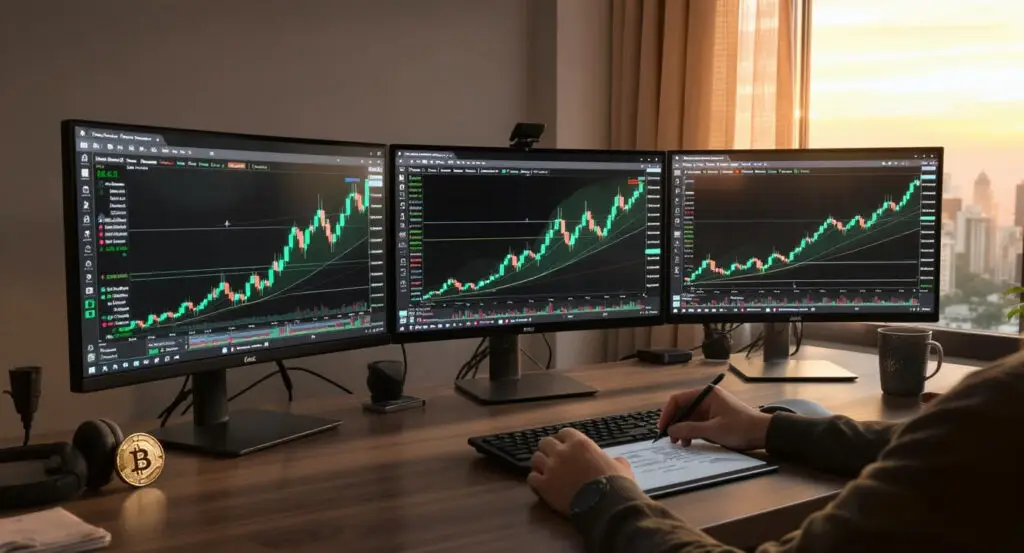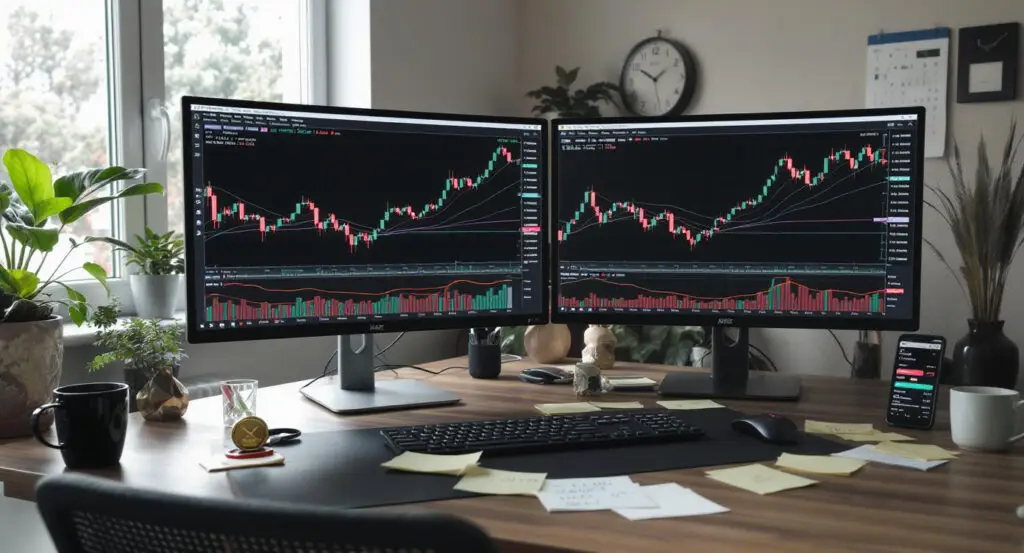Solana’s blockchain is experiencing a significant surge in its tokenized stock segment, which has more than tripled in value in just three weeks. This rapid growth, driven primarily by the new xStocks platform, is attracting substantial capital and highlights Solana’s emerging role in bridging traditional finance with decentralised ecosystems. This development has considerable implications for the long-term outlook of Solana (SOL) and the broader cryptocurrency market.
Tokenization Goes White-Hot on Solana
Between mid-June and July 4, the on-chain value of tokenized stocks on Solana surged from approximately $13 million to $48 million. By July 16, this figure had exceeded $100 million, indicating an incredible pace of growth. The xStocks platform, launched on June 30, supports over 60 U.S. tickers, including major companies like Microsoft, Tesla, Nvidia, Amazon, and Meta Platforms. These stocks are minted as Solana tokens, reportedly backed 1-for-1 by underlying shares, and are tradable 24/7 on major crypto exchanges like Kraken, Bybit, and various decentralised exchanges (DEXes).
The appeal of tokenized stocks on Solana stems from several key factors. Transactions settle in seconds with sub-penny network fees, an experience traditional brokerage apps cannot match. Solana’s high speed and low costs make it highly economical to transfer even fractional shares, attracting small investors and fostering the development of decentralised finance (DeFi) applications. The launch also coincided with “tax coins,” an emerging segment that skims a trading levy and funnels proceeds into xStocks for on-chain dividends, further integrating these tokenized assets into the DeFi ecosystem.
Risks and Implications for SOL Holders
While the growth of tokenized stocks on Solana is significant, potential investors should be aware of certain risks. Liquidity for many xStocks is currently razor-thin, with some trading only a few thousand dollars a day, posing a risk of failed purchases or sales due to insufficient liquidity. Additionally, most tokenized stocks remain subject to securities laws, meaning regulatory issues could lead to delistings or exclusion of U.S. users, potentially rendering tokens worthless or untradable. For the average investor, it’s advisable to observe the market for a few more quarters before rushing into these tokenized assets.
Despite these caveats, the surge in tokenized stocks is a positive development for Solana holders. This segment is part of Solana’s broader push into real-world asset (RWA) tokenization, with the total RWA value on Solana—including U.S. Treasuries and funds—surging 140% this year to reach approximately $564 million by mid-July. This positions Solana to potentially capture a meaningful share of the trillions in assets expected to be tokenized on-chain by 2030, with Boston Consulting Group (BCG) estimating the total addressable market for tokenized illiquid assets at about $16 trillion within five years.
For SOL holders, this trend is beneficial, as every stock transfer or dividend triggered by a smart contract burns a small amount of SOL in fees, tightening the coin’s supply. This also implies increased user engagement and demand for SOL to cover network fees. In theory, a booming stock token venue could significantly boost Solana’s fee revenue, mirroring the impact of meme coins last winter but with added Wall Street credibility. For long-term investors who believe in the migration of public stocks onto the blockchain and Solana’s competitive advantages in speed and cost, holding SOL offers direct exposure to this bullish trend.



















